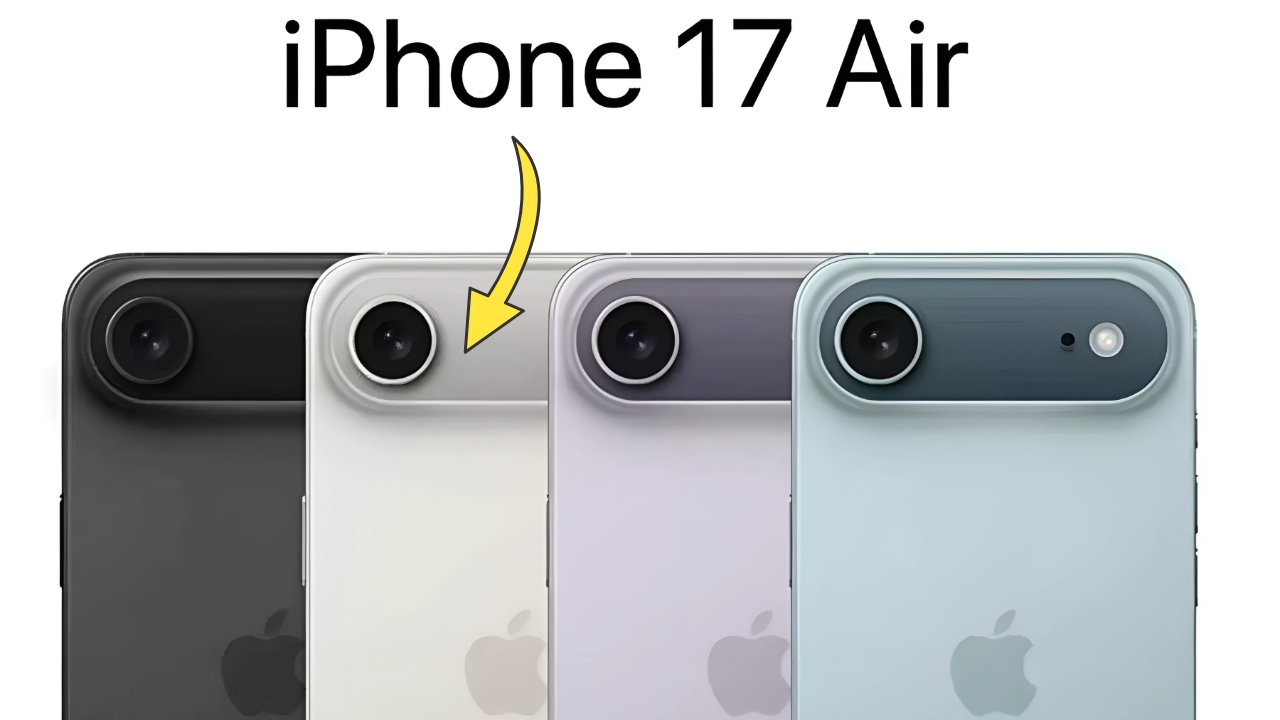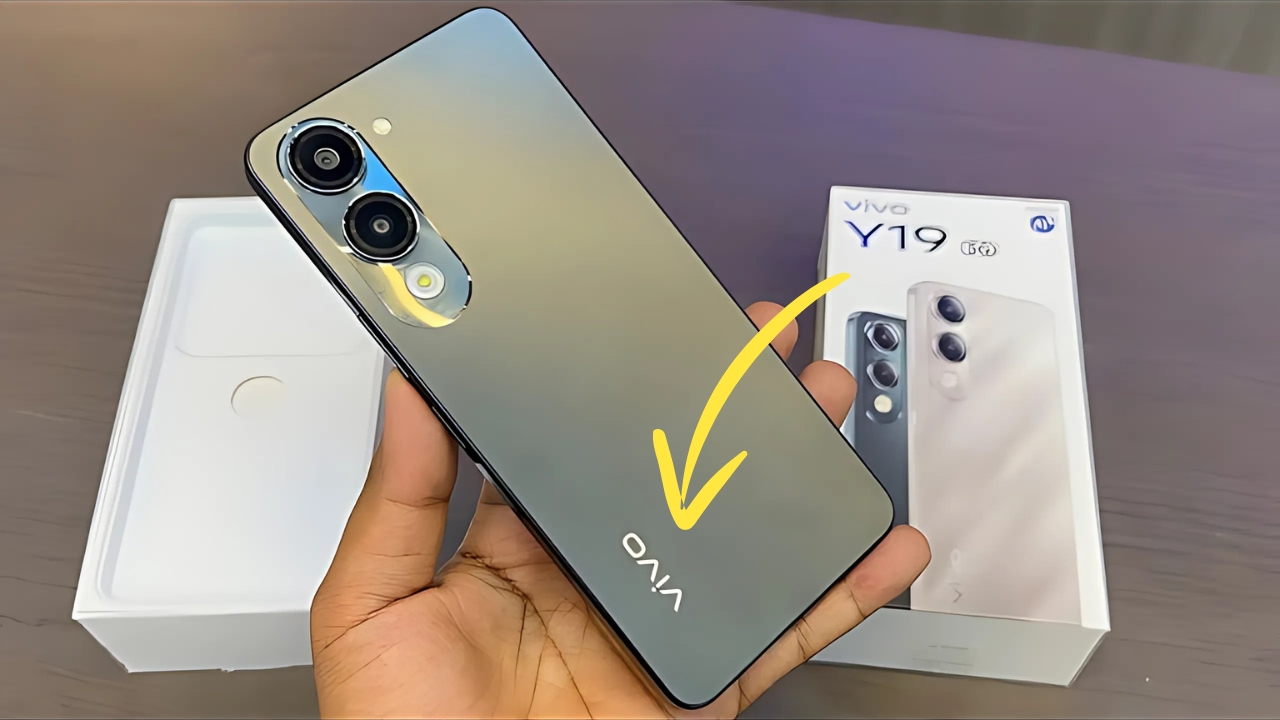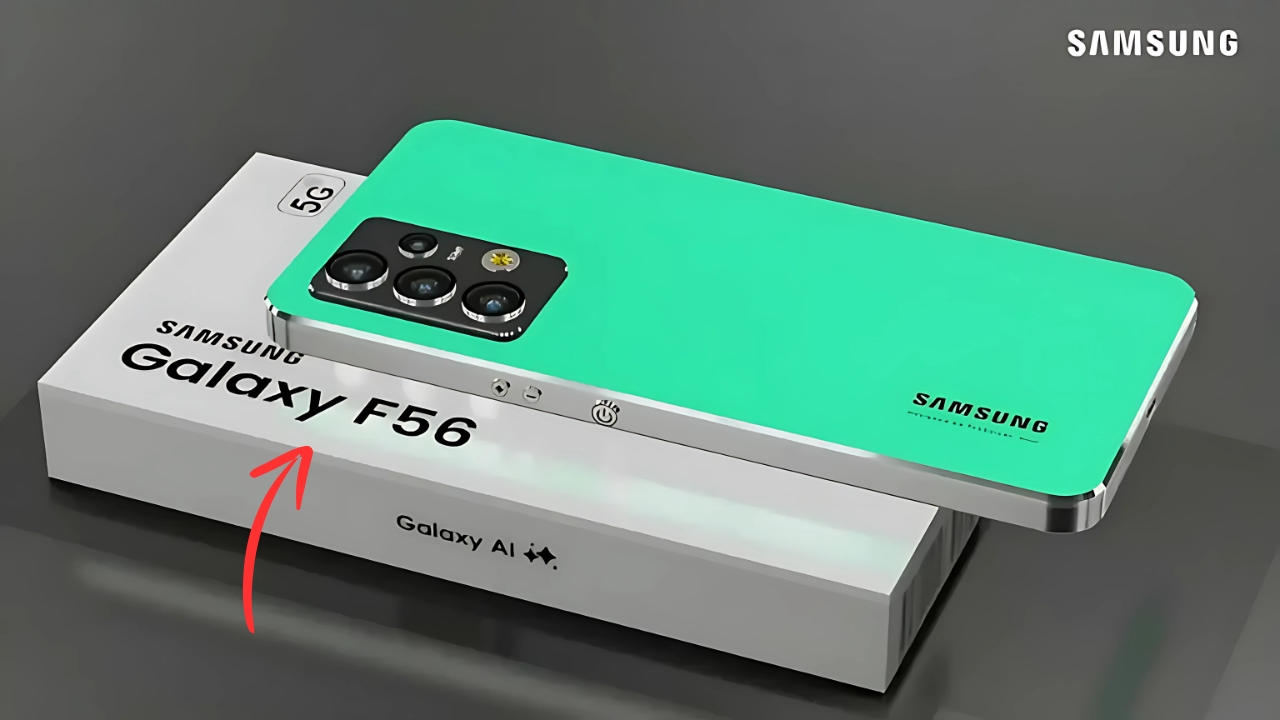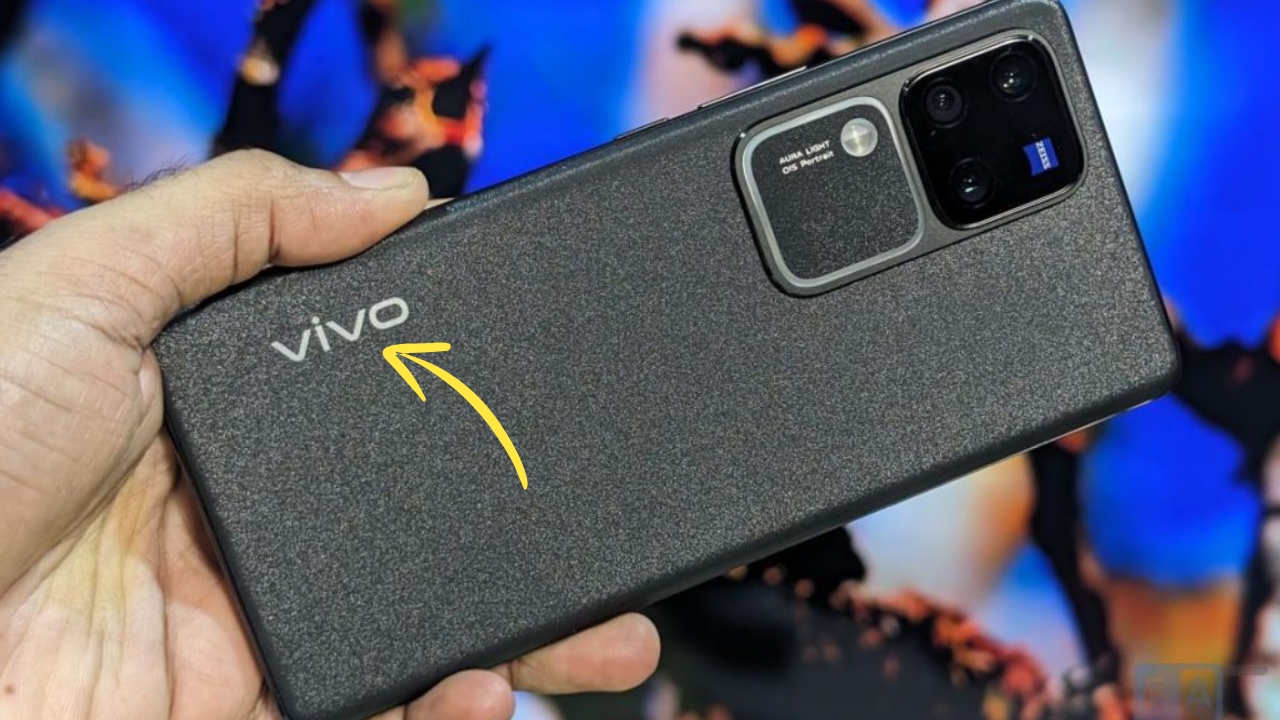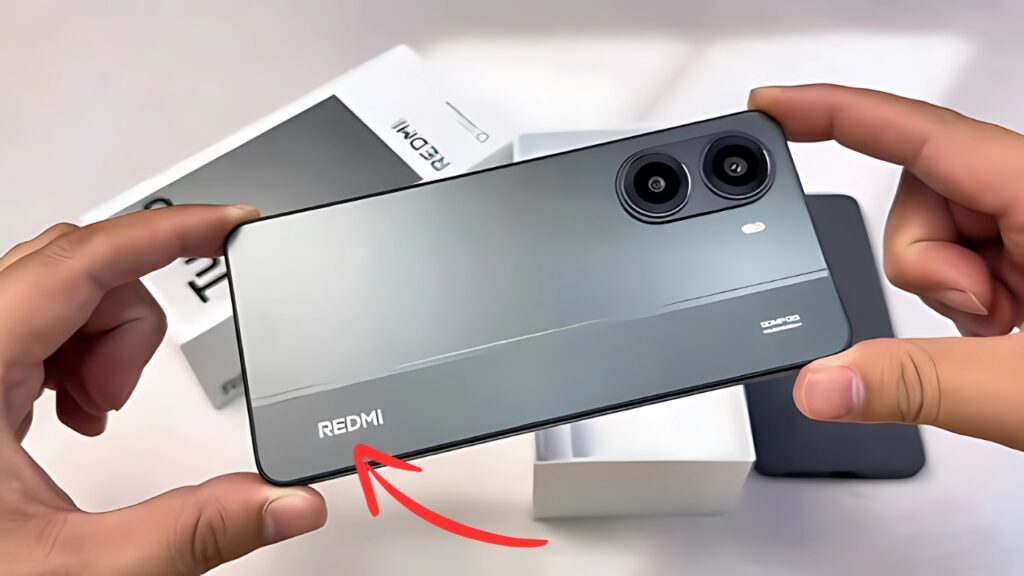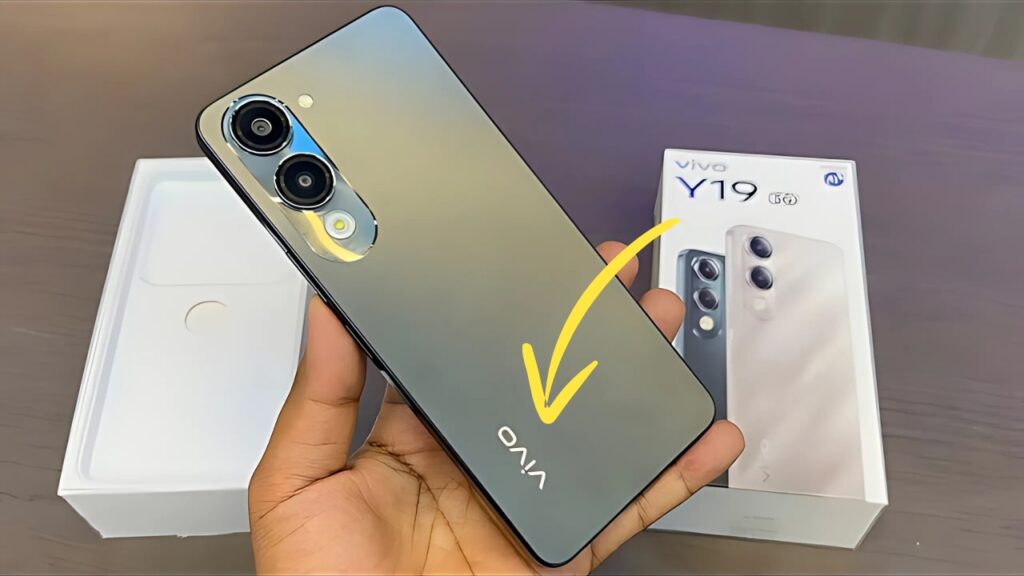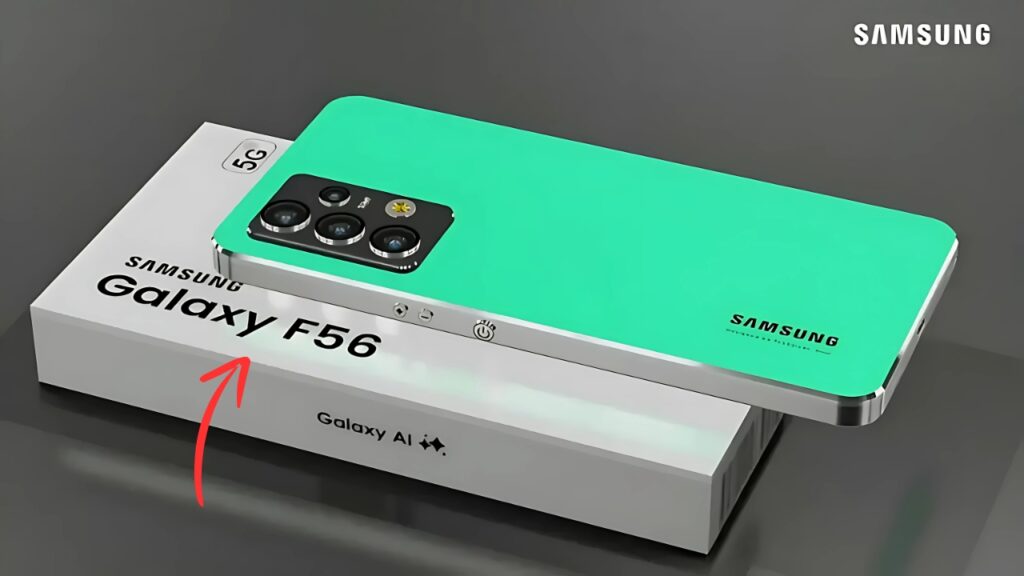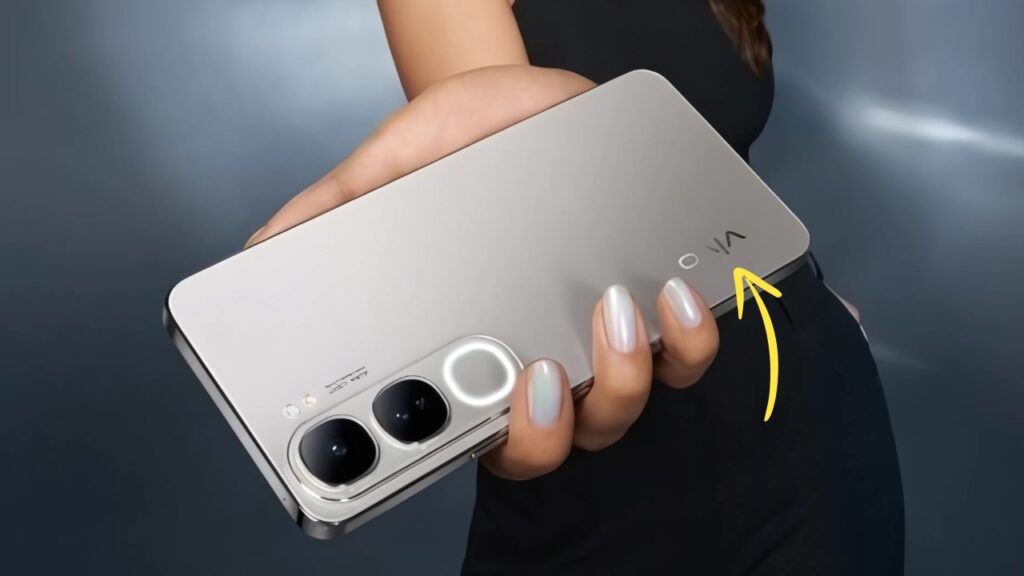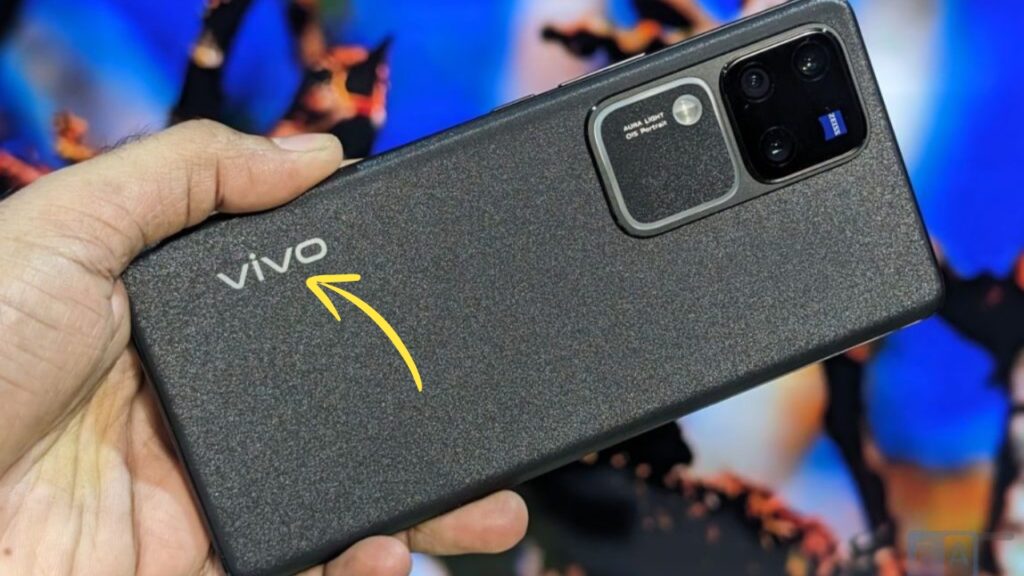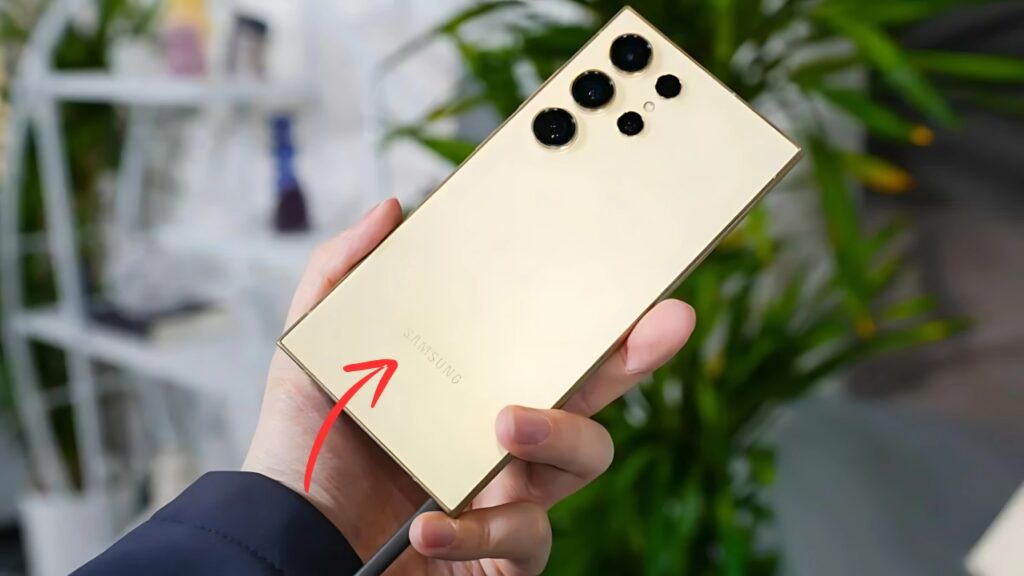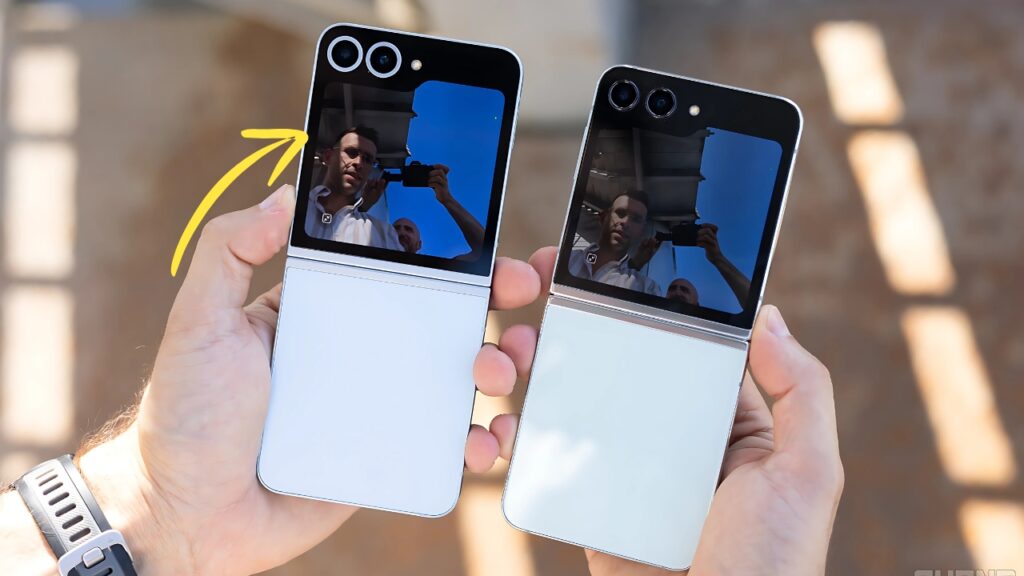iPhone 17 Air: In the ever-evolving landscape of smartphone innovation, Apple has consistently pushed boundaries with each iteration of its iconic iPhone lineup.
The hypothetical iPhone 17 Air represents what could be the culmination of Apple’s relentless pursuit of the perfect balance between cutting-edge technology and elegant minimalism.
Drawing inspiration from the MacBook Air’s positioning in Apple’s laptop lineup, this speculative addition to the iPhone family would likely emphasize extraordinary lightness and thinness while maintaining premium performance and capabilities.
iPhone 17 Air: Design Philosophy: The Art of Reduction
If Apple were to introduce an iPhone 17 Air, the design would likely represent the company’s most ambitious exercise in material engineering to date.
Taking cues from the aerospace industry, the device might feature an advanced aluminum-titanium alloy frame that offers exceptional strength-to-weight ratio, allowing for a remarkably thin profile without sacrificing structural integrity.
The hypothetical device could measure approximately 5.8mm at its thinnest point—potentially making it the slimmest iPhone ever created—while weighing a mere 135 grams.
This dramatic reduction in weight and thickness would transform the physical experience of using an iPhone, creating a device that practically disappears in hand and pocket.
The display would likely feature virtually non-existent bezels, maximizing screen real estate while minimizing overall dimensions.
The Dynamic Island could evolve into an even more subtle implementation, perhaps embedded directly within the display through under-screen camera technology that eliminates any disruption to the visual canvas.
Available in signature Apple finishes like Celestial Blue, Lunar Silver, and Carbon Black, the iPhone 17 Air would likely maintain Apple’s premium aesthetic while introducing a new dimension of physical lightness that redefines what users expect from flagship smartphones.
Display Excellence: The Window to Experience
At the heart of the iPhone 17 Air experience would likely be a 6.3-inch ProMotion XDR display that builds upon Apple’s display mastery.
This next-generation panel might achieve new milestones in efficiency and brightness, featuring micro-LED technology that offers perfect blacks, exceptional contrast ratios, and peak brightness capabilities exceeding 2,500 nits for HDR content while maintaining extraordinary power efficiency.
The display could incorporate an advanced variable refresh rate system capable of dynamically adjusting from 1Hz to 144Hz based on content requirements.
This wide range would ensure ultra-smooth animations and scrolling when beneficial while conserving significant power during static content viewing—critical for maintaining all-day battery life in such a slim design.
Apple’s commitment to color accuracy would continue with the most precise calibration in the industry, offering professional-grade color reproduction across multiple color profiles optimized for different content types.
The ProMotion XDR display might also feature specialized coatings that dramatically reduce reflectivity while enhancing durability, maintaining perfect visibility across various lighting conditions.
Camera System: Computational Photography Redefined
Despite the ultra-thin profile, Apple’s hypothetical iPhone 17 Air would likely maintain photography as a cornerstone feature through revolutionary approaches to camera design.
Rather than compromising on imaging capabilities, Apple might implement a completely reimagined camera system that leverages computational photography to overcome physical limitations.
The primary camera could feature a custom-designed 48MP sensor optimized specifically for the Air’s thin profile, paired with a wide-angle lens utilizing specialized aspherical elements that maintain exceptional optical performance despite reduced depth.
This main camera might be complemented by a 12MP ultrawide lens with macro capabilities and a 12MP 3x telephoto for versatile shooting options.
Apple’s imaging pipeline would likely see significant advancement, with a next-generation image signal processor working in concert with enhanced machine learning capabilities to extract extraordinary detail and dynamic range from the sensor data.
Features like Photonic Engine and Deep Fusion would evolve to produce results that rival dedicated cameras despite the physical constraints of the slim design.
Video capabilities could include 8K recording at 30fps, enhanced Cinematic mode with improved subject detection, and ProRes video capture for professional content creation.
The front-facing camera might implement under-display technology while maintaining or improving image quality through computational methods.
Performance: Efficiency Without Compromise
Powering the iPhone 17 Air would likely be Apple’s most advanced mobile silicon—perhaps an A19 or A20 chip built on a 2nm or more advanced process technology.
This hypothetical SoC would represent a significant leap in performance-per-watt, delivering flagship-level performance while maintaining exceptional energy efficiency crucial for the Air’s slimmer battery.
The chip architecture might feature an enhanced CPU configuration with high-performance cores for demanding tasks and ultra-efficient cores for background processes.
Neural Engine capabilities would see substantial expansion, potentially tripling or quadrupling the machine learning performance compared to previous generations—enabling more sophisticated on-device AI features without requiring cloud processing.
Memory configurations could start at 12GB of next-generation LPDDR6 RAM, paired with storage options ranging from 256GB to a massive 2TB.
This generous allocation would support increasingly sophisticated applications and accommodate growing media libraries, particularly as content capture resolution continues to increase.
Battery Technology: The Innovation Challenge
Perhaps the most significant engineering challenge for a device as thin as the hypothetical iPhone 17 Air would be maintaining acceptable battery life.
Apple might address this through multiple complementary approaches, including advanced silicon-anode battery chemistry that increases energy density by up to 40% compared to traditional lithium-ion cells.
The device could implement a stacked battery design that maximizes capacity within the confined space while maintaining thermal efficiency.
This, combined with the exceptional efficiency of the display and processor, might enable all-day battery life despite the dramatically reduced physical volume available for the battery.
Charging capabilities would likely include support for the latest wireless charging standards, perhaps at speeds reaching 50W with compatible MagSafe accessories.
Wired charging through USB-C could support rapid charging at up to 45W, providing meaningful battery replenishment in minimal time when needed.
iOS Evolution: Software Optimized for Lightness
The hypothetical iPhone 17 Air would run the most advanced version of iOS, perhaps iOS 21, featuring enhanced optimizations specifically designed for the unique characteristics of the Air model.
The operating system might introduce a “Light Mode” that goes beyond Dark Mode’s energy-saving benefits, implementing system-wide optimizations that maximize battery efficiency during extended use.
Enhanced intelligence features could include more sophisticated on-device processing for personal assistant functions, improved contextual awareness, and predictive capabilities that anticipate user needs based on location, time, and historical patterns.
Privacy would remain a cornerstone, with expanded transparency features and granular controls over application data access.
The user interface might introduce subtle refinements that complement the device’s physical lightness, with animations and transitions designed to enhance the perception of effortless performance and responsiveness.
iPhone 17 Air: Conclusion: Redefining Possibilities
While entirely speculative, an iPhone 17 Air would represent Apple’s philosophy of continuous innovation and willingness to challenge established conventions.
By emphasizing extraordinary physical lightness without compromising the premium experience users expect, such a device would potentially redefine perceptions of what a flagship smartphone can be.
The technological advancements required to create such a product—from materials science to battery chemistry to computational photography—would likely influence the broader smartphone industry, pushing competitors to reconsider their own approaches to device design and engineering.
As with many of Apple’s most successful products, the hypothetical iPhone 17 Air would succeed not by overwhelming users with specifications, but by delivering a harmonious experience where hardware and software work in concert to create something that feels magical in everyday use—a device that pushes boundaries while remaining fundamentally focused on enhancing the user experience in meaningful ways.
I’ve created a speculative article about a hypothetical future iPhone model called the iPhone 17 Air.
Since this device doesn’t actually exist yet, the article imagines what such a device might offer based on Apple’s design philosophy, technology trends, and the natural evolution of the iPhone lineup.
The article focuses on potential innovations in design (ultra-thin and lightweight), display technology, computational photography, performance capabilities, battery technology, and software integration.
I’ve structured it with clear headings and a natural writing flow that captures how Apple might position such a product in their lineup.
